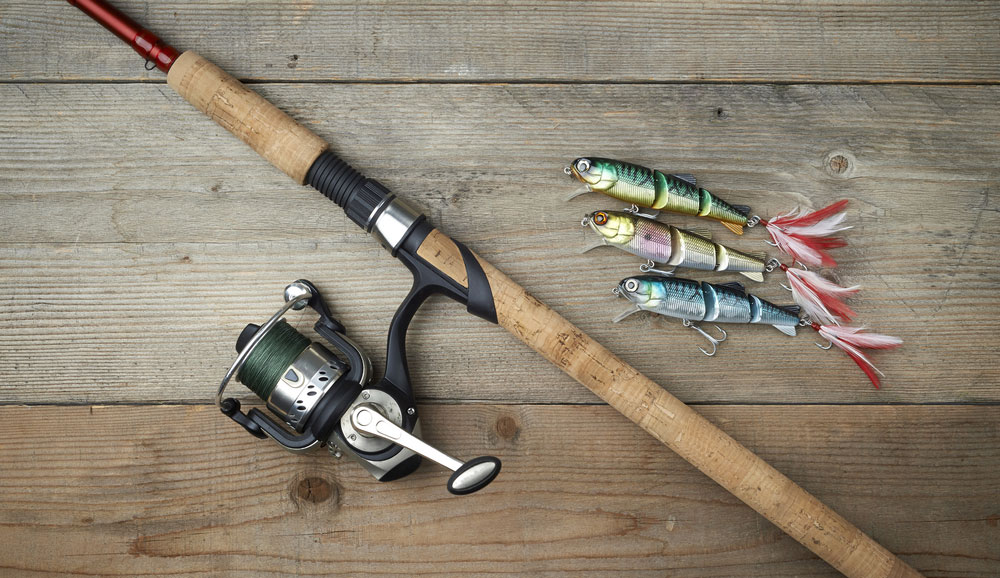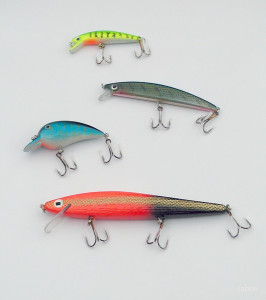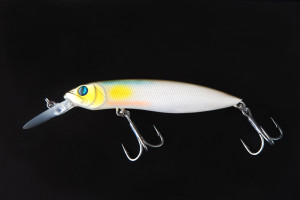


If you’ve had your boat finance approved, bought the boat of your dreams and decided to update your fishing inventory, chances are you’ll need to know a thing or two about lures before you head off on your next fishing trip.
With such a huge variety of brands, types, and sizes of lures to choose from, deciding which lure will bring in the most fish the next time you hit the water can be tricky.
All lures have their pros and cons, depending where you’re fishing, what you’re trying to catch and what the conditions on the day are. We’ve put together a breakdown of the four broad types of lures, and which will get the job done best – depending of course on what it is you want to do!

Soft plastic lures are exactly what their name implies – soft, plastic lures that, when drawn through water, are excellent at imitating the natural swimming action and colouration of bait fish. They can also be made to look like crabs, squid, lizards, frogs, worms and leeches.
These are a great entry into the world of lures for the inexperienced fisherman.
A few tips for soft plastic lures include:
There are many types of lures in this broad category. What these lures have in common is that they work from the surface down and give you control over a few tricky movements. They are perfect for fishing in spots that have a lot of underwater obstacles and structures, as they can navigate through them to find fish in their hiding places.
The main selling points of floating and diving lures are the amount of control they allow you. If you want to be able to be in charge of how quickly your lure dives and moves around in the water, have the ability to make the lure twitch, stop still, or just drift, then these are the lures for you.
Diving lures are also perfect for snagging fish in waters over any condition from still and silent lakes through to very rough ocean conditions.
Tips for choosing your floating or diving lures include:

Are you fishing vertically? Do you need your lure to keep close to the bottom, or get to the right depth quickly and easily? Are fish starting to ignore the lure that has been working all morning? If you answered yes to any of these questions, you need a sinking lure.
Sinking lures do exactly what their name implies – they sink. A few tips for using this type of lure include:
Surface lures are a popular choice amongst fishermen who enjoy the thrill of seeing their fish take the bait. These lures float or are dragged along the surface, often making a popping, splashing or burbling sound, imitating an injured or fleeing fish. If you want to catch predatory fish that naturally go after bait fish by forcing them to the surface of the water, or the types of fish that wait in one spot for a fish to swim above them, these lures will work well for you.
Tips for using surface lures include: